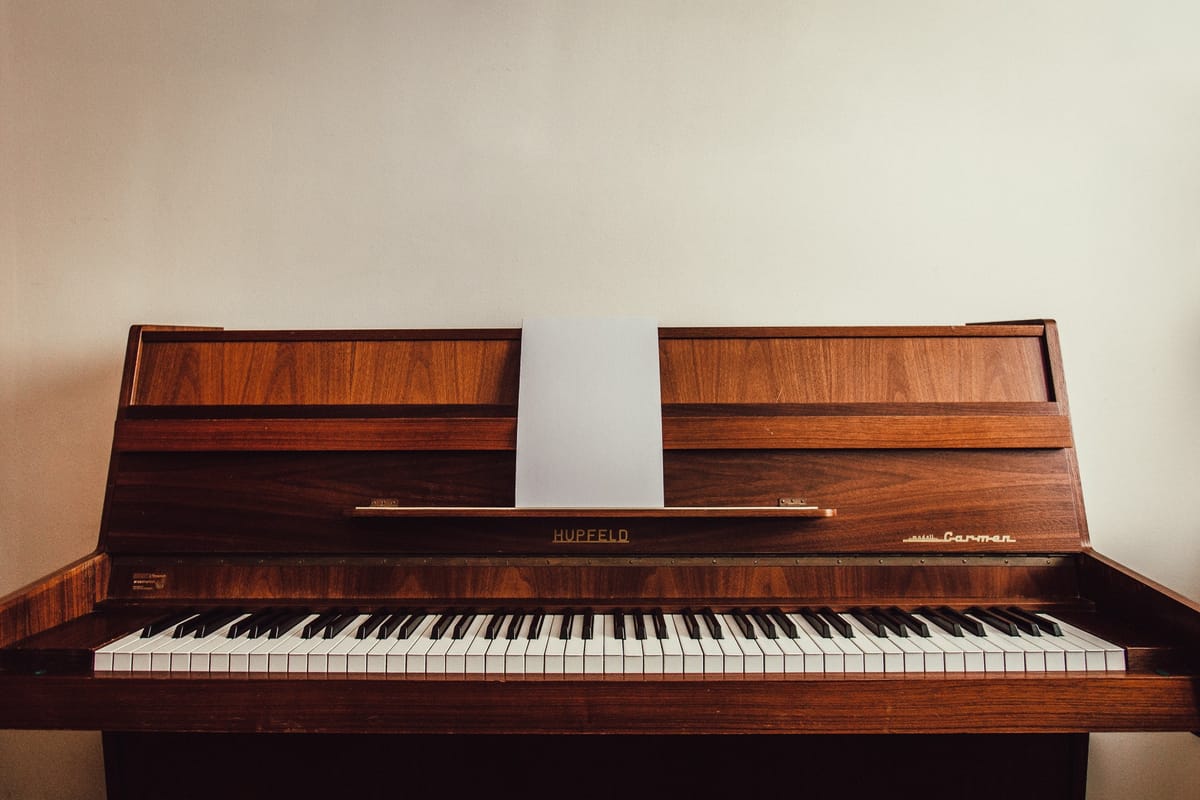How to Play Für Elise by Beethoven on Classical Guitar

Like most musicians, you may want to learn how to play Für Elise by Beethoven on classical guitar. Well, the good news is, you’ve come to the right page! Here, you’ll get more than just free sheet music. You’ll also get to know more about the song and its composer, Ludwig van Beethoven. Likewise, you’ll get to learn more about his famous compositions—pieces you can play on your acoustic guitar as well.
How to Play Für Elise on Your Classical Guitar
Intended for the solo piano, this piece can be played on the guitar as well.
In fact, here are tips on playing a few of its chords:
- For the opening, you need to put your third finger on the fourth fret of the B string. Meanwhile, you should prepare your second finger early by placing it at the fourth fret of the G string.
- Next, alternate from the first string to the second string and back.
- From the fourth fret of the G string, proceed to the third fret of the B string.
- Use your third finger as a guide to complete the A minor opening chord.
- Afterward, hit the second fret on the G string together with the open A. Follow it by hitting two – two.
- Place your fourth finger on the third fret of the A string, then play five – four – three.
- Move to the E chord on your acoustic guitar. Place your second finger in a way that it pivots around your first finger. The latter should then be placed on the first fret of the G string.
- Now, you may play open E and open B together. Hit four and three before proceeding with four – three – two.
More About the Für Elise
Für Elise is just one of the many arrangements and symphonies written by Ludwig van Beethoven. Also known as Bagatelle No. 25 in A Minor, this content wasn’t published until 40 years after Beethoven’s death. If not for the discovery of Ludwig Nohl in 1867, this melody would’ve disappeared in history.
The modern version of the five-part rondo that you hear today is Nohl’s. However, you may also come across another version created by Barry Cooper, a Beethoven scholar.
Both classical guitar versions differ in style, with Cooper’s left-hand arpeggios being delayed by a 16th note. It also has several extra bars from the transition to the B section. Likewise, it has a rising A arpeggio placed later in the song.
Who is the Für Elise?
According to music scholars, there are three possible candidates.
Therese Malfatti
The most famous theory is that of Max Unger, who believes that Nohl mistakenly transcribed the title. It shouldn’t be Für Elise, but rather Für Therese. He proposes that it was dedicated to Malfatti, Beethoven’s student—and once the apple of his eye. Unger’s proof? The piano sonata no. 24 (also known as Für Therese), which the musician dedicated to countess Therese von Brunswick.
Elisabeth Röckel
Klaus Martin Koplitz, meanwhile, believes that the composer dedicated the Bagatelle to Elisabeth, nicknamed Elise. Elise is the younger sister of Joseph August Röckel, who played Florestan in Beethoven’s opera Fidelio. Like Malfatti, it is believed that Beethoven might have been interested in the soprano singer as well.
Elise Barensfeld
As for musicologist Rita Steblin, she believes that Für Elise was made for Elise Barensfeld. The prodigy traveled with Johann Nepomuk Mälzel, who happens to be Beethoven’s friend.
More About Ludwig van Beethoven
Born in 1770, Beethoven is considered one of the greatest composers from the west. Despite developing deafness some time in his life, he continued to create sheet music pieces that many people love up until today. Beethoven’s life is divided into three periods, namely:
First Period
Marked by his arrival in Vienna in 1972, this is the time when he mastered the Viennese style. His works were more prominent in scale, with his sonatas having four movements instead of the usual three. During this period, Beethoven produced Opus 18 and the Pathetique Sonata op. 13.
Middle Period
This was the time when Beethoven experienced deafness. Such was reflected in his pieces, such as the Triple Concerto and the Violin Concerto. He also composed five string quartets, piano sonatas, and the opera Fidelio.
Late Period
From 1810 to 1819, Beethoven embarked on a study of older music. During this time, he penned “The Consecration of the House,” as well as “The Diabelli Variations.” The composer also produced music with intellectual depth, such as the String Quartet op. 131 and the Ninth Symphony. Beethoven eventually succumbed to sickness in 1827. His funeral in Vienna was a big event, with his procession attracting more than 10,000 people.
Final Thoughts
Für Elise, without a doubt, proves to be one of Beethoven’s greatest works.
So if you’re looking to play an excellent piece for your acoustic guitar, then this should be your top choice. Not only is it a beautiful melody, but it’s also surprisingly easy to play.





